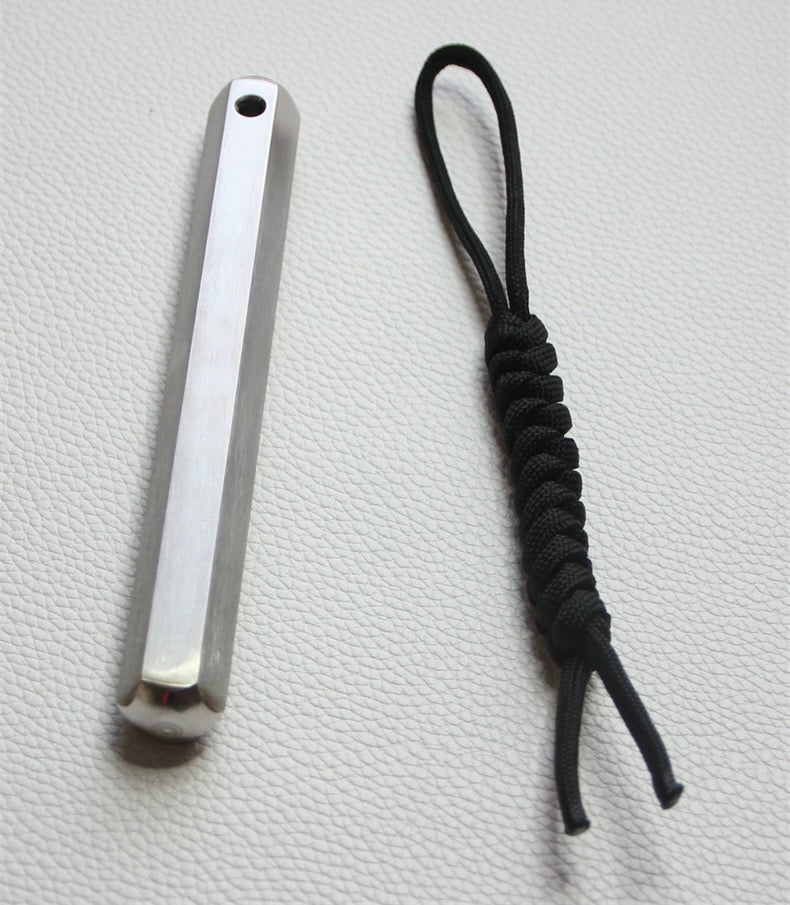1
/
of
5
metallicfun
Stainless Steel Blunt Force Kubaton Hexagon Massage Stick
Stainless Steel Blunt Force Kubaton Hexagon Massage Stick
Regular price
$16.79 USD
Regular price
$20.39 USD
Sale price
$16.79 USD
Quantity
Couldn't load pickup availability
(In case you need) Please leave a note of your laser lettering in the "order special instruction" box when checking out.
Upgrade your EDC with our Hexagon Massage Stick – a versatile tool for self-care, stress relief, and everyday carry. Crafted from durable material, its unique 6-sided design ensures a firm grip and targeted pressure.
✨ Key Features:
✔ Custom Engraving – Add your name, logo, or design (laser-engraved for lasting quality).
✔ Compact & Portable – Fits easily in bags, pockets, or gym kits.
✔ Multi-Purpose Use – Muscle relief, acupressure, window breaker or a discreet self-defense tool.
Make It Yours – Order Now with Your Custom Text!
(Free shipping on orders over $89.99)
Share










